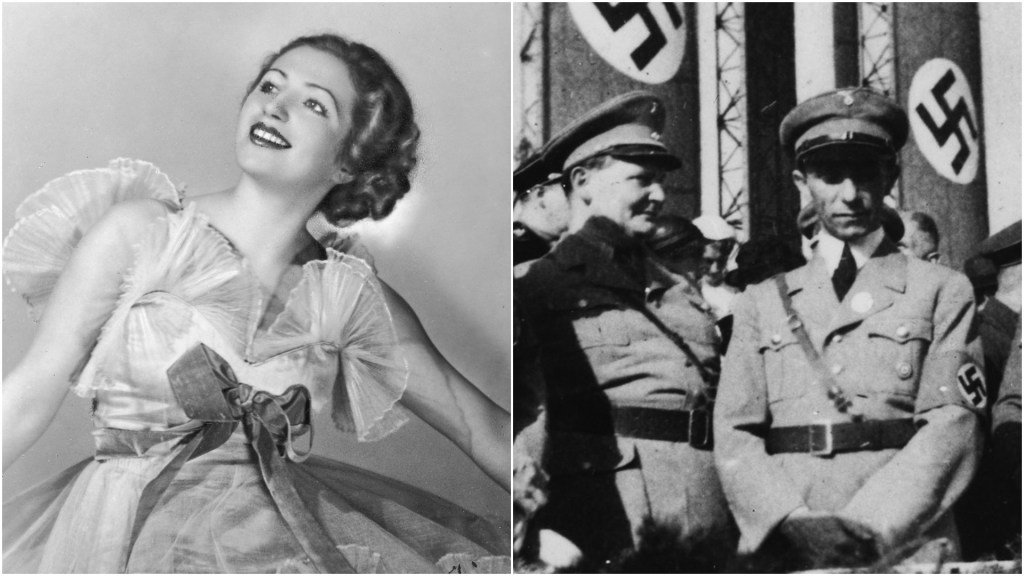When visiting a Holocaust memorial site, there are a few activities that people should know to avoid, like for instance, taking selfies or playing Pokémon Go. Now, Jewish groups are wondering how an artist managed to make a short film inside a gas chamber at the former Stutthof concentration camp in Poland, BBC reports.
Artur Żmijewski shot The Game of Tag back in 1999, showing a roomful of naked men and women playing tag, laughing, and slapping each other’s asses in a small, stone-walled room. The work drew criticism when it was featured in the Krakow Museum of Contemporary Art (MOCAK) in 2015—but it wasn’t until this year that Jewish groups realized the short film was actually shot inside a former concentration camp where 65,000 people were put to death.
Videos by VICE
On Wednesday, the Organization of Holocaust Survivors in Israel and the Simon Wiesenthal Center penned a letter to Polish president Andrzej Duda, saying that “no comment or word of critique was heard from Polish official sources regarding the video,” the BBC reports. They also want to know if Żmijewski had permission to shoot at Stutthof, and asked Poland’s president to “clearly, properly condemn this so-called artwork.”
Efraim Zuroff of the Simon Wiesenthal Center, which investigates Nazi war criminals, called the video “the most disgusting thing I’ve seen in a long time” when it was displayed in 2015, the Times of Israel reports. He told the BBC it was banned in Germany and Estonia, but—for some reason—had never faced opposition in Poland.
“It’s really outrageous,” Zuroff told the BBC. “I hope the Polish president will put in place regulations to make sure stuff like this doesn’t happen again.”
It’s not the first time a group of people have stripped naked at a Holocaust memorial site. In March, a band of men and women in their 20s reportedly slaughtered a sheep at Auschwitz, took off all their clothes, and chained themselves to its iconic Arbeit macht frei (or “work makes you free”) gate. Jewish groups and museum officials were outraged by the bizarre display, and police couldn’t figure out why it went down in the first place. Just like Żmijewski, the culprits apparently recorded the ritual.
The museum in Krakow has defended Żmijewski’s film under freedom of expression, and it’s still hosted on the Warsaw Museum of Modern Art’s website. In 2015, MOCAK’s then-museum director Maria Potocka told Radio Poland Żmijewski aimed to “show the highest respect for the memory of the Holocaust.”
“To read this film as an insult to the victims of the concentration camps we feel is to misinterpret it,” she said.
Żmijewski has treaded into controversial territory before, representing Poland at the Venice Biennale with a film reimagining the Stanford Prison Experiment. In his own words, he described The Game of Tag as being “all about the visual reconstruction of a situation.”
“This work is full of cruel fun, sadism, nudity and childish carelessness at the same time,” he’s said of the film. “Just as it was back then: naked people in a gas chamber. But instead of horror, we have giggles, toys, erotic games, innocent frolics. What a relief!”
Follow Drew Schwartz on Twitter.
UPDATE (12/5): An earlier version of this article referred to a German concentration camp in occupied Poland as a “Polish concentration camp.” We have changed the article to correct the error.




